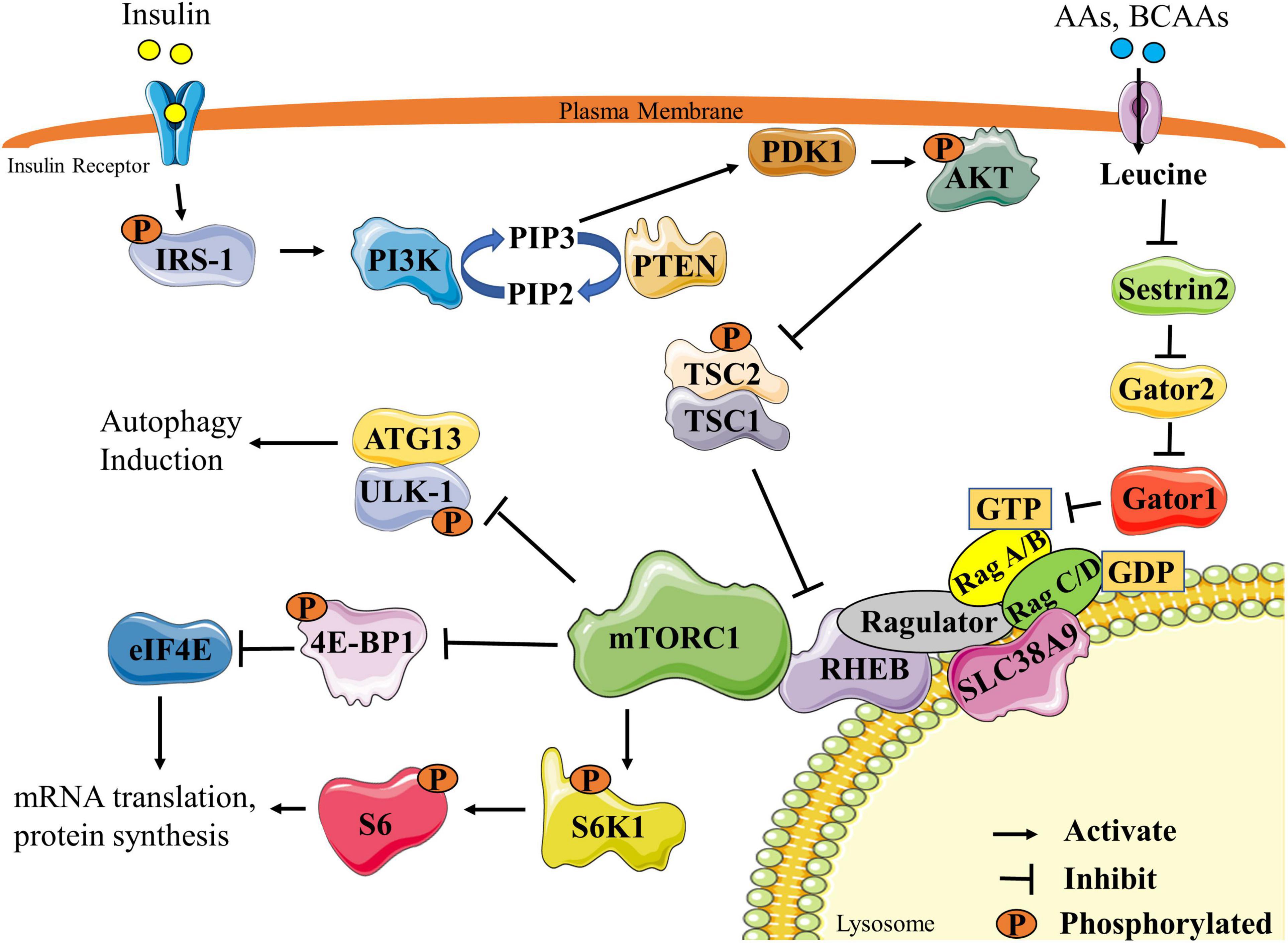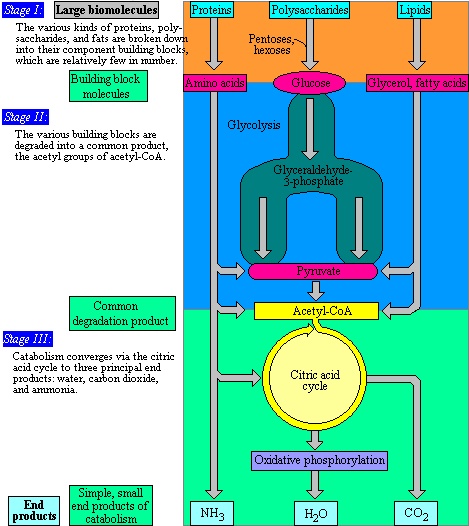

There are exceptions, of course, especially if you have underlying medical conditions that affect your hormones. If you use more than you produce, the opposite may happen. If you produce more than you use, you may pack on pounds as the energy gets stored away as fat. Take catabolism (how much energy your body produces) and subtract anabolism (how much energy your body uses). You can think of these processes as an equation to predict whether or not you may lose or gain weight. You’ll weigh less, but you’ll also have far less critical muscle mass. Catabolic workouts, on the other hand, may help you shed pounds by working off both fat and muscle.Muscle is more dense than fat, so your body weight and body mass index may stay higher despite a leaner physique.

If you do a lot of anabolic workouts, you’ll tend to shed fat and maintain or even gain muscle.With regard to your weight on the bathroom scale as a benchmark, however, things can get a bit tricky. Both the anabolic and catabolic process lead to fat loss over time. You may be able to manipulate your body weight by understanding these processes and your overall metabolism. When you’re in a catabolic state, you’re breaking down or losing overall mass, both fat and muscle. Remember: When you’re in an anabolic state, you’re building and maintaining your muscle mass. Since anabolism and catabolism are parts of your metabolism, these processes affect your body weight. How catabolism and anabolism affect body weight The researchers concluded that the bodybuilders may need to employ other nutritional strategies to prevent a catabolic breakdown effect before competition. In other words, the men’s “anabolic pathways” were compromised, even in those who were taking in high protein. Testosterone levels, too, decreased between 11 and 5 weeks before competition. Their insulin and growth hormone levels also decreased throughout the duration of the study.

The energy-restricted group saw significant decreases in their body fat and muscle mass compared to the control. Some of the men continued training and eating as usual, while others were energy-restricted to reduce their body fat. For example, a small study on bodybuilders examined their hormonal anabolic-catabolic balance as they prepared for competition. Different hormones in the body are associated with either anabolism and catabolism.Īny disruption to your hormones, like thyroid conditions, may also affect these processes and your overall metabolism. Your hormones play an important role in these processes. Hormones involved in catabolism and anabolism Your metabolism is at work even when you’re sleeping. Understanding anabolism and catabolism can help you train more effectively to lose fat and gain muscle. This process is almost the reverse of gluconeogenesis. Large, complex molecules in the body are broken down into smaller, simple ones. This is when the liver and kidneys produce glucose from noncarbohydrate sources.Ĭatabolism is what happens when you digest food and the molecules break down in the body for use as energy. An example of anabolism is gluconeogenesis. In this process, small, simple molecules are built up into larger, more complex ones. These phases of metabolism happen simultaneously.Īnabolism centers around growth and building - the organization of molecules. Both help organize molecules by freeing and capturing energy to keep the body running strong. These processes include both anabolism and catabolism. Your metabolism involves a set of processes that all living things use to maintain their bodies.


 0 kommentar(er)
0 kommentar(er)
